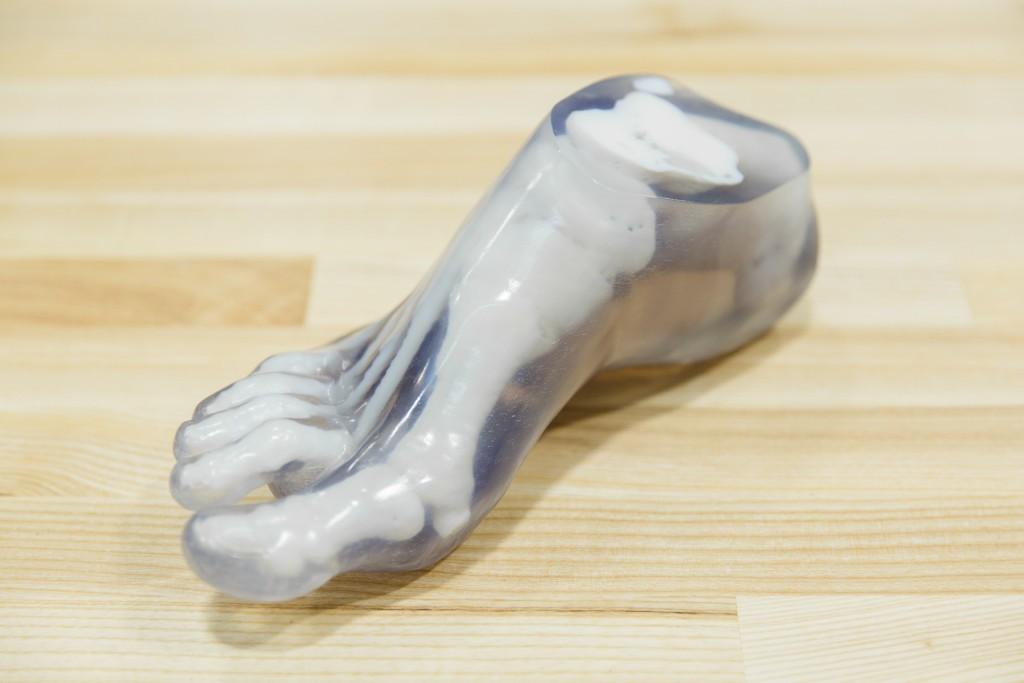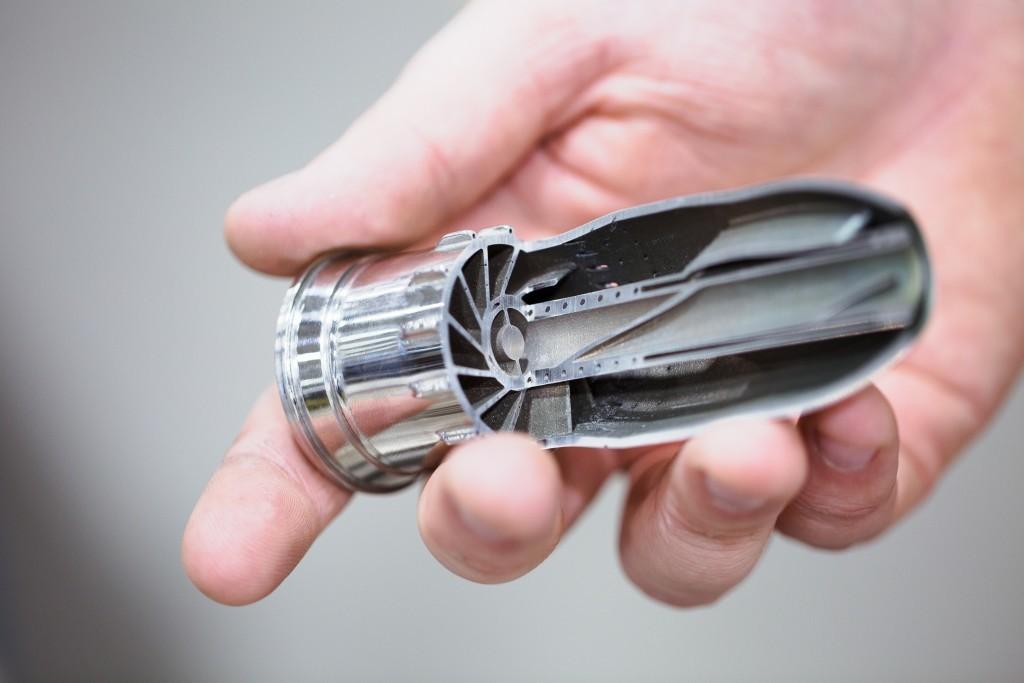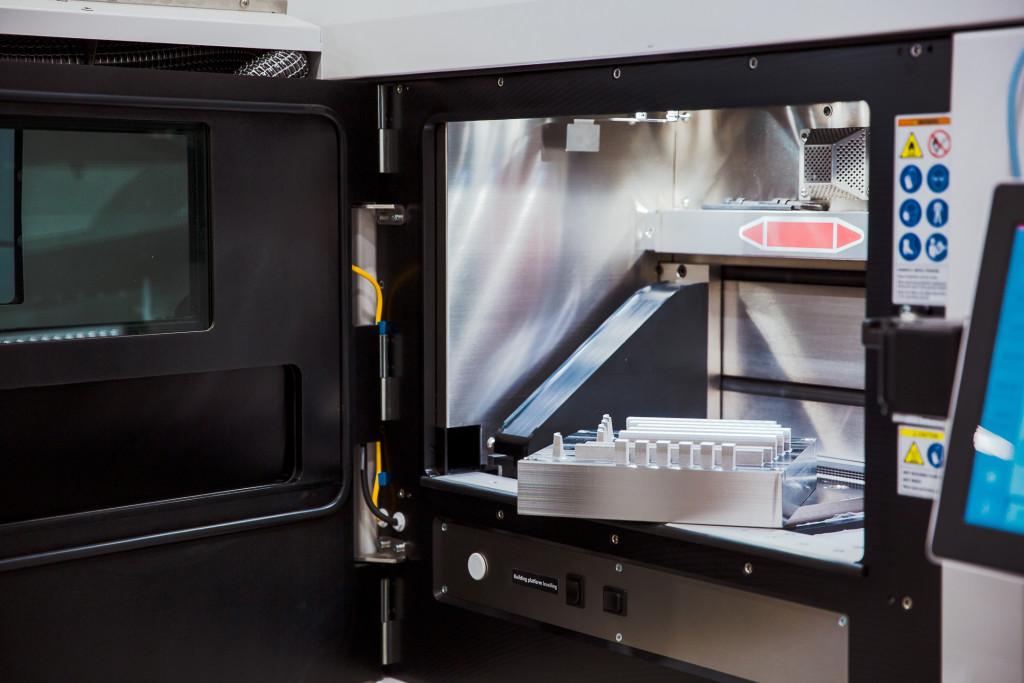Pittsburgh: GE Celebrates Grand Opening of $40 Million Center for Additive Technology Advancement (CATA)
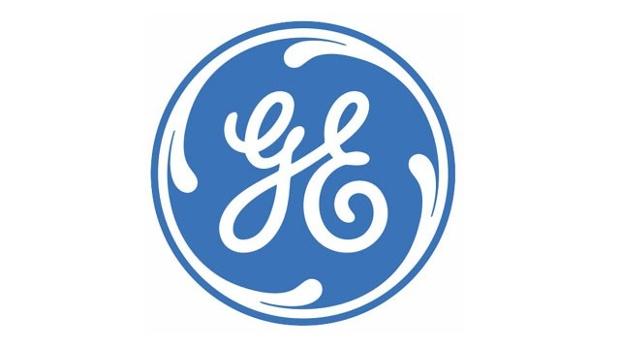 While many are aware of the big names in 3D printing, it still often comes as a surprise to some to find out that General Electric has had their hands in the technology for a long time, and they just keep getting more and more invested. So, if you are wondering about the future of 3D printing or whether or not it’s really catching on, just the fact that GE is opening another multimillion-dollar facility should be a pretty big hint—as well as the fact that they want all of their related businesses getting in on the technology.
While many are aware of the big names in 3D printing, it still often comes as a surprise to some to find out that General Electric has had their hands in the technology for a long time, and they just keep getting more and more invested. So, if you are wondering about the future of 3D printing or whether or not it’s really catching on, just the fact that GE is opening another multimillion-dollar facility should be a pretty big hint—as well as the fact that they want all of their related businesses getting in on the technology.
It’s also very exciting for us to see what GE is working on further, especially regarding their new Center for Additive Technology Advancement (CATA) in Pittsburgh, which celebrated their grand opening on Tuesday. The city of Pittsburgh is probably most pumped, however, looking forward not just to the activity that the facility will bring, but probably most likely quite happy to have GE declare them as the next industry leader for 3D printing in terms of geography; in fact, the reason GE set up their new $39 million General Electric plant off of a highway exit very near the airport was because of the proximity to Carnegie Mellon University, the University of Pittsburgh and Penn State University—all of whom are very involved in 3D printing—and whose outstanding projects we continue to follow as well.
We’ve also followed activity on the part of GE over the years as they have poured millions into 3D printing expansion, and moved into countries like India with multiple facilities. Now, in the traditional manufacturing setting of Pittsburgh, General Electric is employing numbers of laser 3D printers in the manufacturing of everything from jet engine blades to oil valves.
“We’ve tapped into America’s best-kept secret,” says Jennifer Cipolla, who runs CATA, in regards to Pittsburgh, where Tesla and Google have also opened offices.
“We think Pittsburgh has the chance to be one of the four or five destinations for advanced manufacturing,” adds GE Chief Executive Officer Jeff Immelt.
CATA is funded by each of the GE businesses, with the goal of integrating 3D printing for all. GE has historically been very involved with 3D printing to create fuel nozzles for jet engines.
“Our mission is to ensure additive technology becomes a standard part of the tool kit for each business,” Cipolla says. “By having a shared facility, they can share the cost burden and we can advance the technology across the entire company much more rapidly than if they were to invest individually.”
All eight of the company’s manufacturing divisions will use the 125,000-square-foot facility to test new designs and ideas, with 50 high-tech engineers employed there. While currently the CATA facility has just several 3D metal printing machines, they are also, according to GE Reports, going to add an additional $10 million in machines this year, with a $2 million DMLM printer that has four lasers and can print four different components simultaneously.
The CATA facility also holds a sand binder jetting machine, excellent for rapid prototyping. Rather than employing a laser, it uses a chemical binder to use sand as the material for casting molds.
“We are making the Jell-O mold for the jelly,” says Dave Miller, the engineer working with the machine. “The sand mold gets stronger as it ages. It’s like concrete.”
“This is a huge breakthrough for rapid prototyping,” Miller says. “You’d normally spend many thousands of dollars and many weeks to achieve the same results. With this 3D printer you are cutting down costs and also your lead time.”
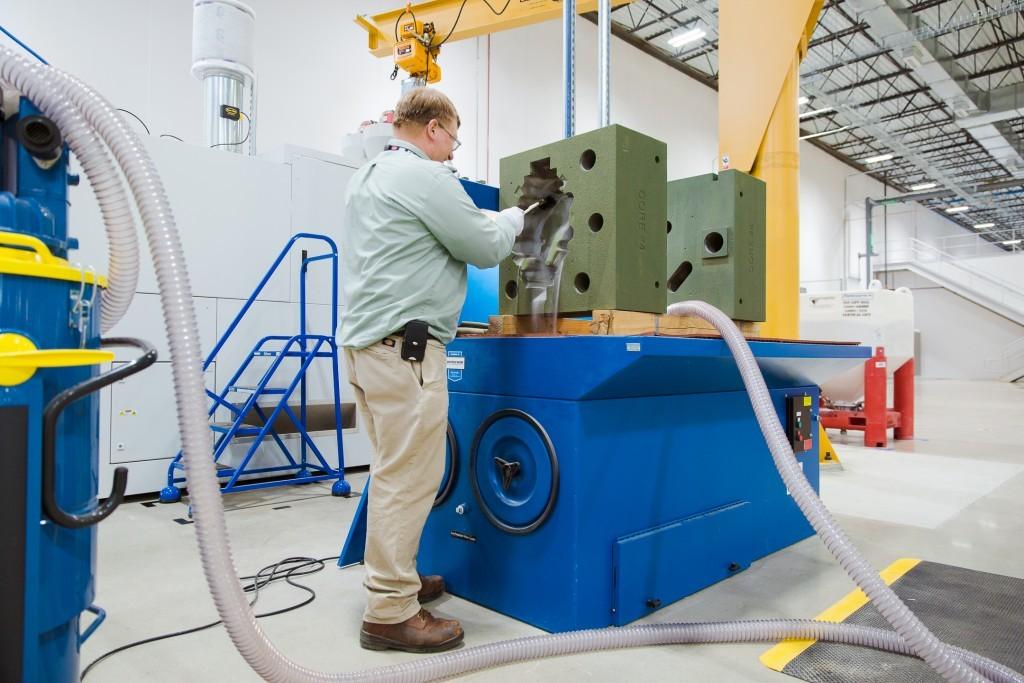
“We are making the Jell-O mold for the jelly,” says Dave Miller, the engineer working with the sand binder jetting machine
With their Polyjet printers, GE engineers are able to combine polymers and make parts with different qualities and colors.
“There’s a cookbook that allows us to juggle the ingredients,” says Ed Rowley, the engineer presiding over the machines. “It allows us to create everything from elastomers to rigid plastic.”
The goal is to push the limits of additive manufacturing and stay at the forefront of innovation within the industry. The CATA industrialization lab is meant to promote this mission, allowing GE businesses to bring in their 3D printing concepts and optimize them, as well as working to bring them to fruition. It sounds like they might just be having a little bit of fun in the process too. What do you think of the scope of this new facility? Discuss in the GE CATA 3D Pittsburgh 3D Printing Facility forum over at 3DPB.com.
[Sources: GE Reports; WTAE Pittsburgh; Images: GE Reports/Chris New]Subscribe to Our Email Newsletter
Stay up-to-date on all the latest news from the 3D printing industry and receive information and offers from third party vendors.
You May Also Like
Precision at the Microscale: UK Researchers Advance Medical Devices with BMF’s 3D Printing Tech
University of Nottingham researchers are using Boston Micro Fabrication‘s (BMF) 3D printing technology to develop medical devices that improve compatibility with human tissue. Funded by a UK grant, this project...
3D Printing Webinar and Event Roundup: April 21, 2024
It’s another busy week of webinars and events, starting with Hannover Messe in Germany and continuing with Metalcasting Congress, Chinaplas, TechBlick’s Innovation Festival, and more. Stratasys continues its advanced training...
3D Printing Webinar and Event Roundup: March 17, 2024
It’s another busy week of webinars and events, including SALMED 2024 and AM Forum in Berlin. Stratasys continues its in-person training and is offering two webinars, ASTM is holding a...
3D Printed Micro Antenna is 15% Smaller and 6X Lighter
Horizon Microtechnologies has achieved success in creating a high-frequency D-Band horn antenna through micro 3D printing. However, this achievement did not rely solely on 3D printing; it involved a combination...


